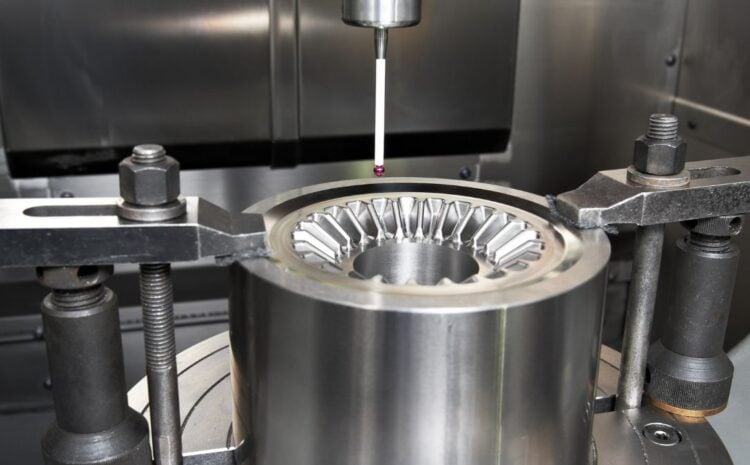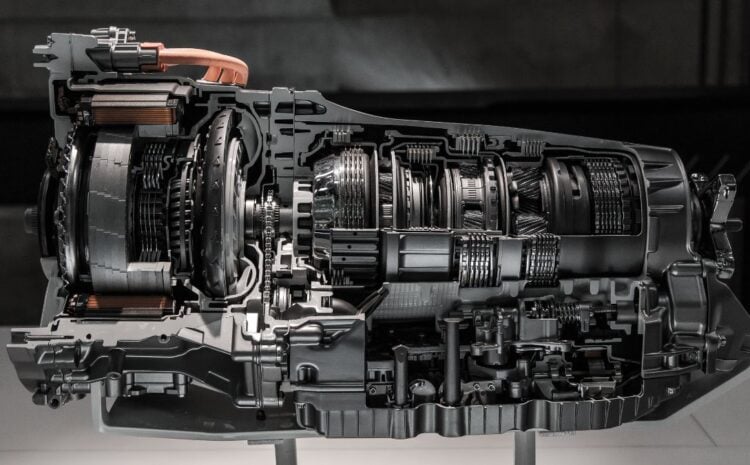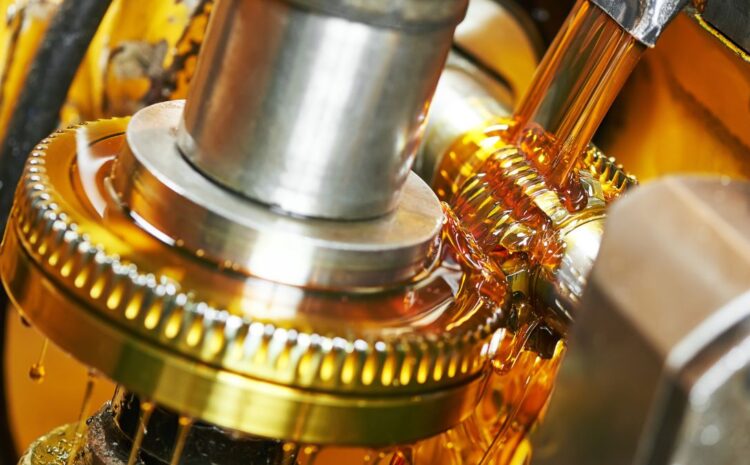Many mechanical systems must have gears to function. With a change in speed, torque, or rotational direction frequently involved, they are used to transfer power from one component to another. However, gears can malfunction just like any other mechanical part, which could have negative effects on the system in which they are employed. The causes of gear failures will be examined, and prevention strategies will be covered.
Causes of Gear Failures
- Wear and Tear – One of the primary causes of gear failures is wear and tear. Over time, the teeth of the gear can become worn down, reducing their ability to transfer power effectively. Wear can be accelerated by factors such as misalignment, overloading, and inadequate lubrication. If left unchecked, wear can eventually lead to tooth breakage or complete failure of the gear.
- Overloading – When a gear is exposed to forces that are greater than those allowed by its design, overloading happens. This can occur when a system is poorly designed or when the equipment is used outside of its intended use. The effects of overloading include excessive wear, gear tooth distortion, and even tooth breakage.
- Misalignment – Misalignment occurs when the gears are not positioned correctly relative to each other. This can cause the teeth of the gears to wear unevenly, leading to premature failure. Misalignment can be caused by a variety of factors, including manufacturing defects, improper installation, or wear and tear over time.
- Lubrication Issues – For gears to operate smoothly, proper lubrication is essential. Lubrication prolongs the life of gears by lowering friction and wear between the teeth. Insufficient lubrication can cause the gear to wear out too quickly, overheat, and eventually fail.
- Manufacturing Defects – Manufacturing defects are another common cause of gear failures. These can include issues such as improper gear design, inadequate material selection, or poor gear manufacturing processes. Even small defects in the gear teeth can lead to premature failure of the gear.
- Corrosion – Corrosion can also cause gear failure, particularly in environments where the gear is exposed to moisture or corrosive substances. Corrosion can weaken the gear teeth, leading to premature failure.
Types of Gear Failure
- Tooth Failure – Tooth failure occurs when one or more teeth on the gear become damaged or break off completely. Tooth failure can be caused by any of the factors mentioned above, including wear and tear, overloading, misalignment, and manufacturing defects.
- Bearing Failure – Bearing failure occurs when the bearings that support the gear shaft become damaged or worn out. This can cause the gear to become misaligned, leading to premature failure.
- Surface Failure – Surface failure occurs when the surface of the gear becomes damaged or worn out. This can be caused by factors such as inadequate lubrication or excessive wear.
- Fatigue Failure – Fatigue failure occurs when a gear is subjected to repeated stresses over time, causing microscopic cracks to form in the gear material. These cracks can eventually lead to the complete failure of the gear.
- Wear Failure – Wear failure occurs when the gear teeth become worn down over time, reducing their ability to transfer power effectively. This can be caused by any of the factors mentioned above, including misalignment, overloading, and inadequate lubrication.
Prevention of Gear Failure
- Regular Inspection and Maintenance – Regular inspection and maintenance of gears is essential to preventing failure. This can include tasks such as visual inspection of the gear teeth, checking for proper alignment, and ensuring adequate lubrication.
- Proper Lubrication – Proper lubrication is critical to preventing gear failure. Gears should be lubricated according to the manufacturer’s specifications, and lubrication should be checked regularly to ensure that it is still adequate.
- Avoiding Overloading – Overloading should be avoided whenever possible. This can be achieved by ensuring that the system is properly designed for the intended use and that the gear is not subjected to forces that exceed its design limits.
- Correct Alignment – Proper alignment is essential to the smooth operation of gears. Gears should be aligned according to the manufacturer’s specifications, and any misalignment should be corrected as soon as it is detected.
- Proper Material Selection – Proper material selection is critical to ensuring the long-term performance of gears. Gears should be made from materials that are appropriate for the intended use, taking into account factors such as load, speed, and temperature.
- Design Improvements – Design improvements can be made to prevent gear failure. This can include changes to the gear design, such as increasing the size of the gear teeth or improving the material selection.
- Training and Education – Training and education can play a crucial role in preventing gear failure. Operators and maintenance personnel should be trained to recognize the signs of gear wear and failure, and to perform regular maintenance tasks to prevent failure from occurring.
Gear Failure Case Studies
Case Study 1: Gear Failure in Wind Turbines
Wind turbines are subject to a variety of stresses that can lead to gear failure, including high winds, vibration, and fatigue. In one case, a wind turbine gear failed due to a manufacturing defect in the gear teeth. The manufacturer subsequently made improvements to the gear design to prevent similar failures from occurring in the future.
Case Study 2: Gear Failure in Automotive Transmission
Automotive transmissions are subject to high loads and speeds, making them particularly vulnerable to gear failure. In one case, an automotive transmission gear failed due to wear and tear, caused by inadequate lubrication. Regular maintenance and lubrication can prevent similar failures from occurring in the future.
Case Study 3: Gear Failure in Industrial Machinery
Industrial machinery is subject to a variety of stresses that can lead to gear failure, including high loads, misalignment, and inadequate lubrication. In one case, an industrial gearbox failed due to misalignment of the gear teeth. Proper alignment and regular maintenance can prevent similar failures from occurring in the future.
Conclusion
Systems that use gears may suffer greatly in the event of a gear failure. However, it is possible to reduce the risk of failure and guarantee the long-term performance of gears by comprehending the causes of gear failure and putting preventive measures in place. A successful gear failure prevention strategy must include regular inspection and maintenance, proper lubrication, avoiding overloading, correct alignment, appropriate material selection, design improvements, and training and education. Gear failure can be avoided, and mechanical systems’ dependability and performance can be guaranteed, by adhering to these recommendations.



